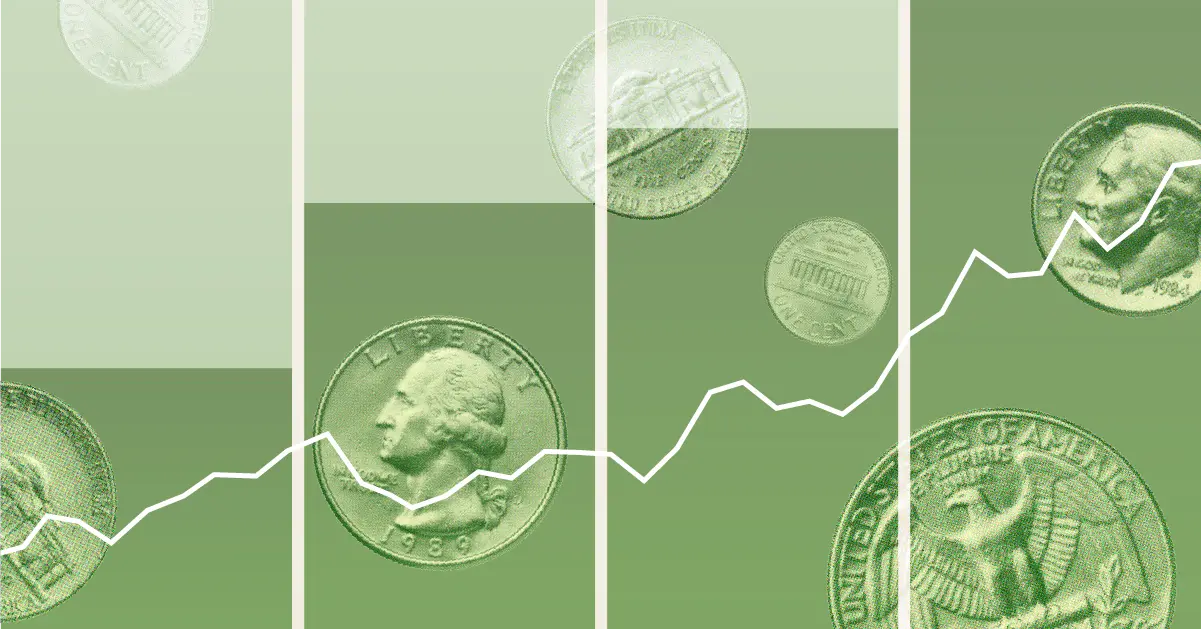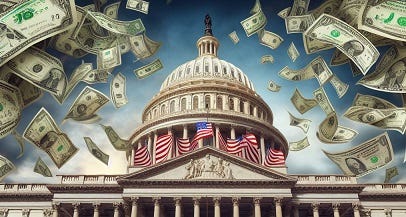Companies Push Forward with M&As Amid Market Volatility

February 28, 2025
Despite inflation concerns, rising interest rates, and market volatility, U.S. businesses are actively pursuing mergers and acquisitions (M&As) as a strategic growth tool. In recent months, deal-making activity has accelerated across various sectors, including technology, healthcare, finance, and manufacturing. Industry leaders see M&As as a pathway to expansion, cost efficiency, and competitive positioning amid uncertain economic conditions.
Key Factors Driving M&A ActivitySeveral factors contribute to the rising number of mergers and acquisitions in the U.S.:
Market Consolidation: Companies are acquiring competitors to strengthen their market position. Strategic Expansion: Businesses seek to diversify offerings and expand into new markets. Private Equity Investment: Increased funding from private equity firms fuels large-scale acquisitions. Technology Integration: Companies invest in tech-driven firms to accelerate digital transformation. Lower Valuations: Market downturns have made some businesses more attractive for acquisition.
Major Sectors Experiencing High M&A ActivitySeveral industries have seen an uptick in M&A deals:
While M&As present significant opportunities, they also come with risks:
❌ Regulatory Scrutiny: Antitrust concerns may lead to regulatory challenges. ❌ Market Uncertainty: Economic fluctuations can impact deal valuations. ❌ Integration Issues: Merging corporate cultures and operations can be complex. ❌ Debt Financing: High-interest rates make deal financing more expensive.
Future Outlook for M&As in the U.S.Despite economic headwinds, M&A activity is expected to remain strong as businesses prioritize strategic growth, efficiency, and resilience. Companies will continue to seek opportunities to expand operations and enhance competitive advantages through well-planned acquisitions.

U.S. Investment Policies: Key Trends and Effects on Markets
Explore how U.S. investment policies shape financial markets, economic growth, and business strategies, offering both opportunities and challenges for investors

U.S. Investment Policies and Their Role in Business Development
Explore how U.S. investment policies influence business growth, offering opportunities and challenges for industries. Understand the key regulations and strategies driving economic expansion

U.S. Investment Policy Reforms: Shaping the Future of Business
Explore the key investment policy reforms in the U.S. economy that are reshaping business strategies, influencing markets, and creating new opportunities for investors

A Comprehensive Look at U.S. Investment Policy Shifts in 2025
In 2025, U.S. investment policies have undergone significant transformations. Discover how these reforms are impacting industries, investment strategies, and economic growth

Analyzing the Impact of U.S. Investment Policies on Investment Strategies
Explore how evolving U.S. investment policies create new opportunities and risks for investors. Learn how changes in tax, trade, and financial regulations affect investment strategies

A Look Ahead: U.S. Investment Policies and Financial Market Trends
As the U.S. economy evolves, so do its investment policies and financial markets. Discover what the future holds for investors as we explore trends, innovations, and challenges in U.S. investment strategies

A Guide to Understanding U.S. Investment Policies for Business Growth
Explore how U.S. investment policies impact business success. Learn how to navigate key regulations, tax incentives, and funding opportunities to maximize growth potential

How U.S. Government Policies Influence Investment Approaches
The U.S. government plays a key role in shaping investment strategies through regulatory frameworks, fiscal policies, and incentives. Explore how these factors impact business decisions and investment trends

U.S. Investment Policies and Global Impact
U.S. investment policies are reshaping global markets, influencing trade, foreign investments, and economic stability. This article explores the implications for international businesses and investors
The Atlantic Daily
Get our guide to the day’s biggest news and ideas, delivered to your inbox every weekday and Sunday mornings. See more newsletters
.webp)
Ideas That Matter
Subscribe and support more than 160 years of independent journalism.
Subscribe